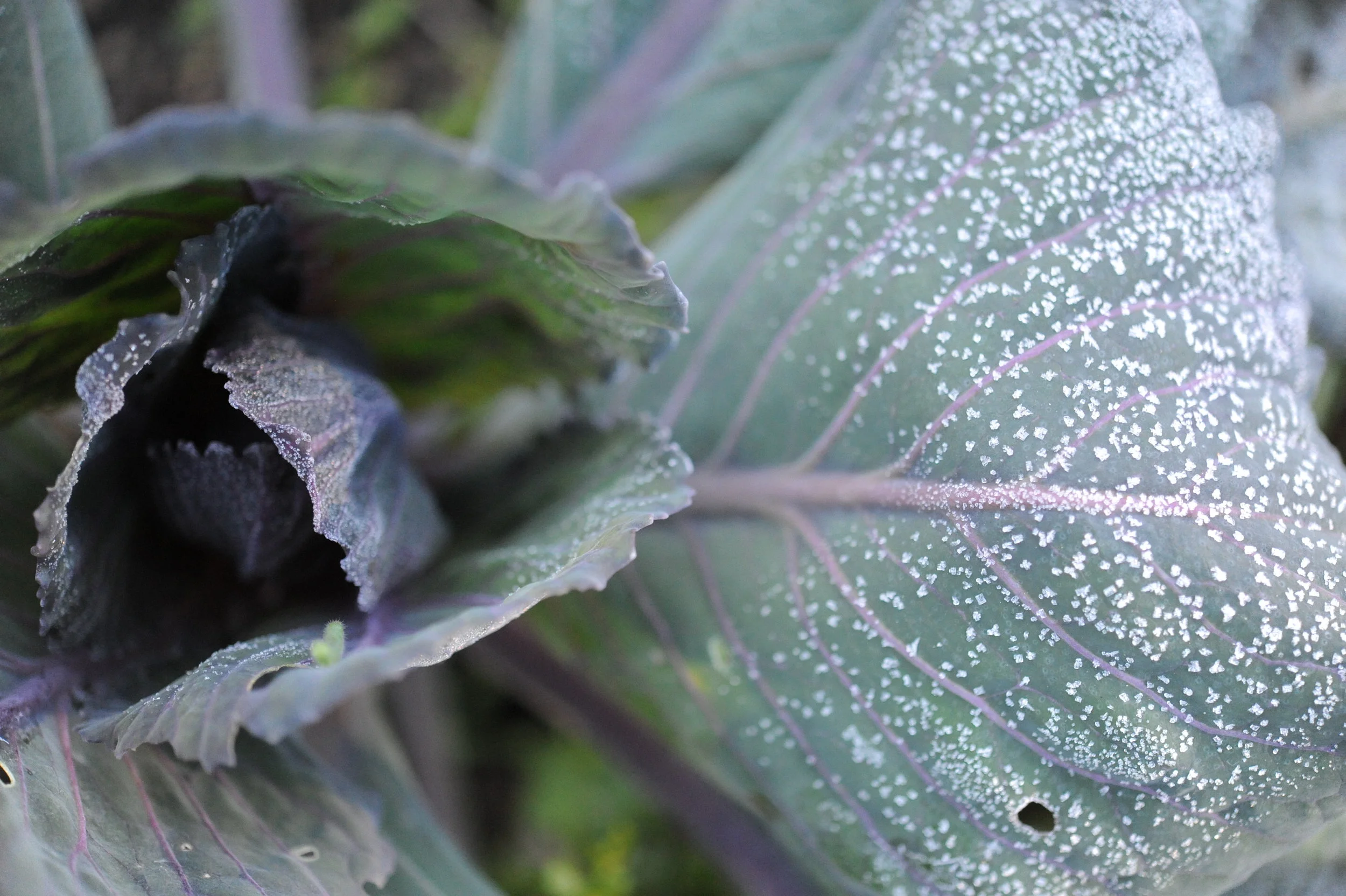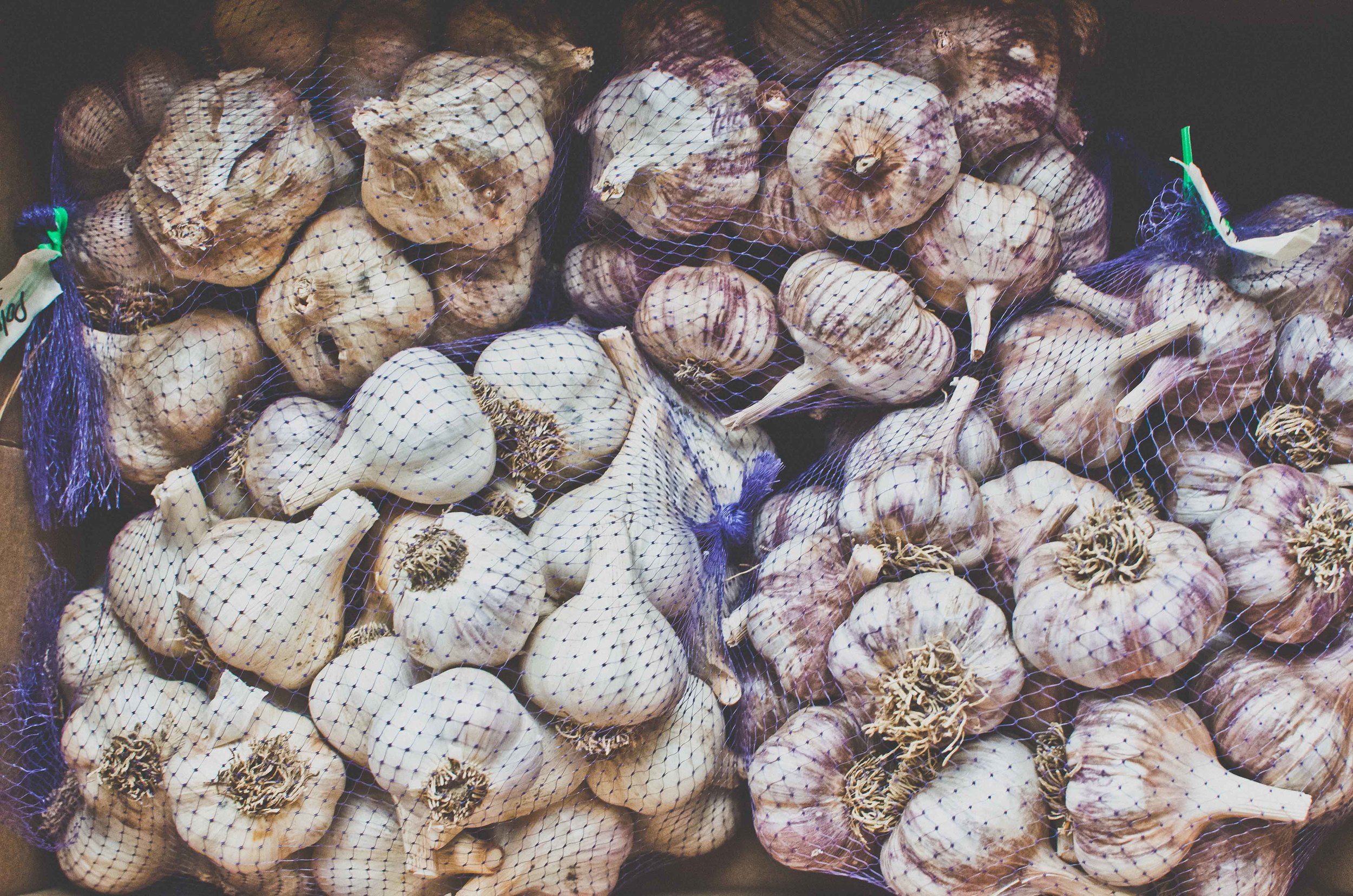Onions and leeks are always the first transplants we seed each year at Seattle Urban Farm Co. (SUFCo). Bulbing onions and leeks have a long growing season, so getting them started early allows for them to grow to maturity in the optimal growing conditions of summer. They also cure better and store longer when harvested during dry weather conditions. Many people devote a large part of their gardens to alliums because they so store well and are very easy to use, so another advantage to a summer harvest is that it can also create room for fall crops!
Read MoreGrow Your Own Microgreens
Growing microgreens is another great way to produce year-round food with a minimum of space and time.
Read MoreOverwintering: Crops that can withstand the cold and how to help them thrive
Overwintering usually refers to the practice of leaving cold-hardy, healthy, established crops in the ground in the fall with the expectation that they will provide harvests through the dark and cold months of winter.
Read More2014: Year of the Tomato
Cherokee Purple Heirloom Tomato
Photo by: Hilary Dahl
It turned out 2014 was all about tomatoes! Tomatoes seem to be the crop that excites our clients and gardeners all around Seattle the most. While tomatoes are very easy to grow in many parts of the country, our summers tend to be relatively cool and short. While many Seattle transplants are used to eating fresh tomatoes off of the vine all summer long, it isn’t uncommon that we find ourselves harvesting tons of green tomatoes off dying vines at the end of September.
Read MoreHow to Plant Garlic
Garlic is a member of the Allium family, which also includes onions, scallions, shallots and leeks.
Garlic is a very long season crop. Garlic grows best when planted in the fall because it must “vernalize.” When a crop requires vernalization, it means that it will grow best after prolonged exposure to cold temperatures. In the case of garlic, vernalization initiates the bulbing of the head.
Read MoreLast Call For Planting
With the exception of garlic, September is the last month to plant annual edible crops In the Pacific Northwest. Plants need a minimum of 10 hours of daylight to grow and by the end of October the daylight hours have grown too short for crops to mature.
Read More





